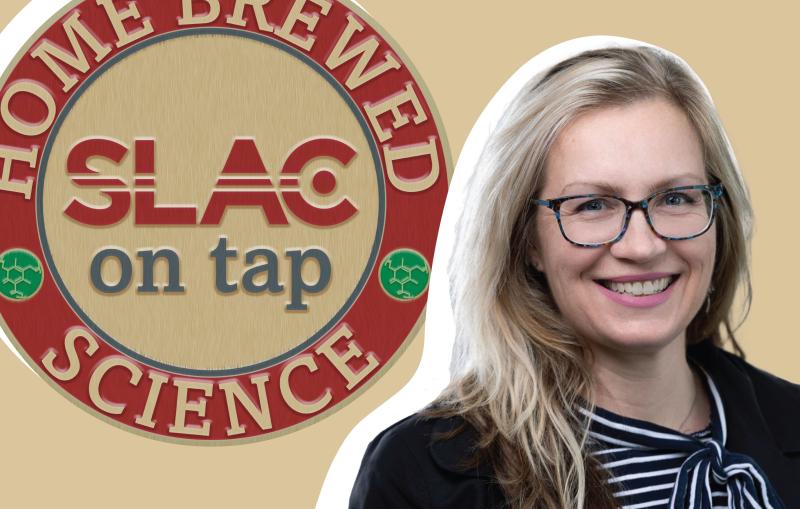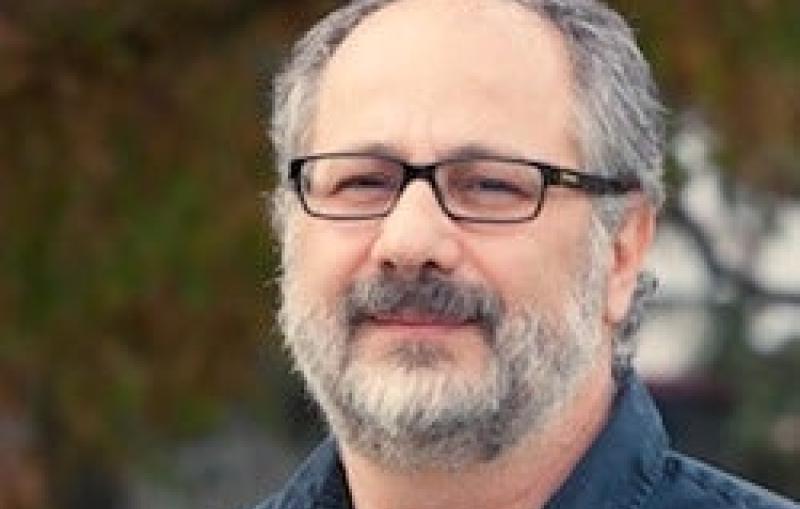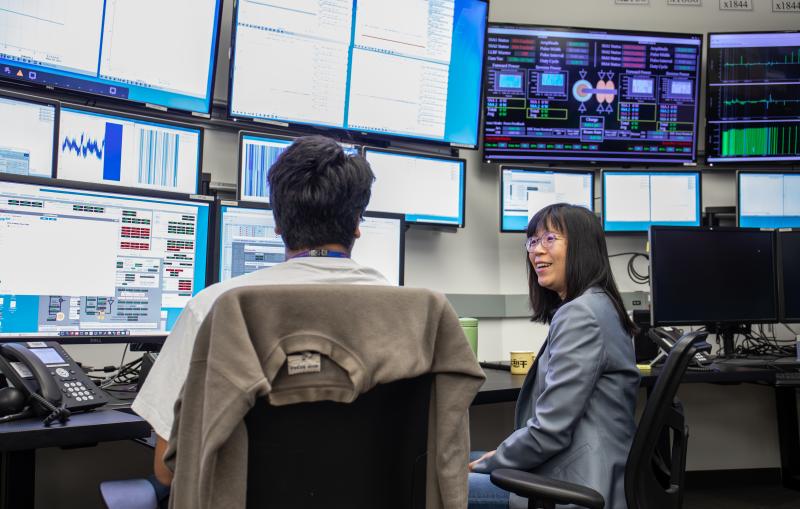Public Lecture Poster
Poster illustration of public lecture featuring Ashley James




Poster illustration of public lecture featuring Ashley James



